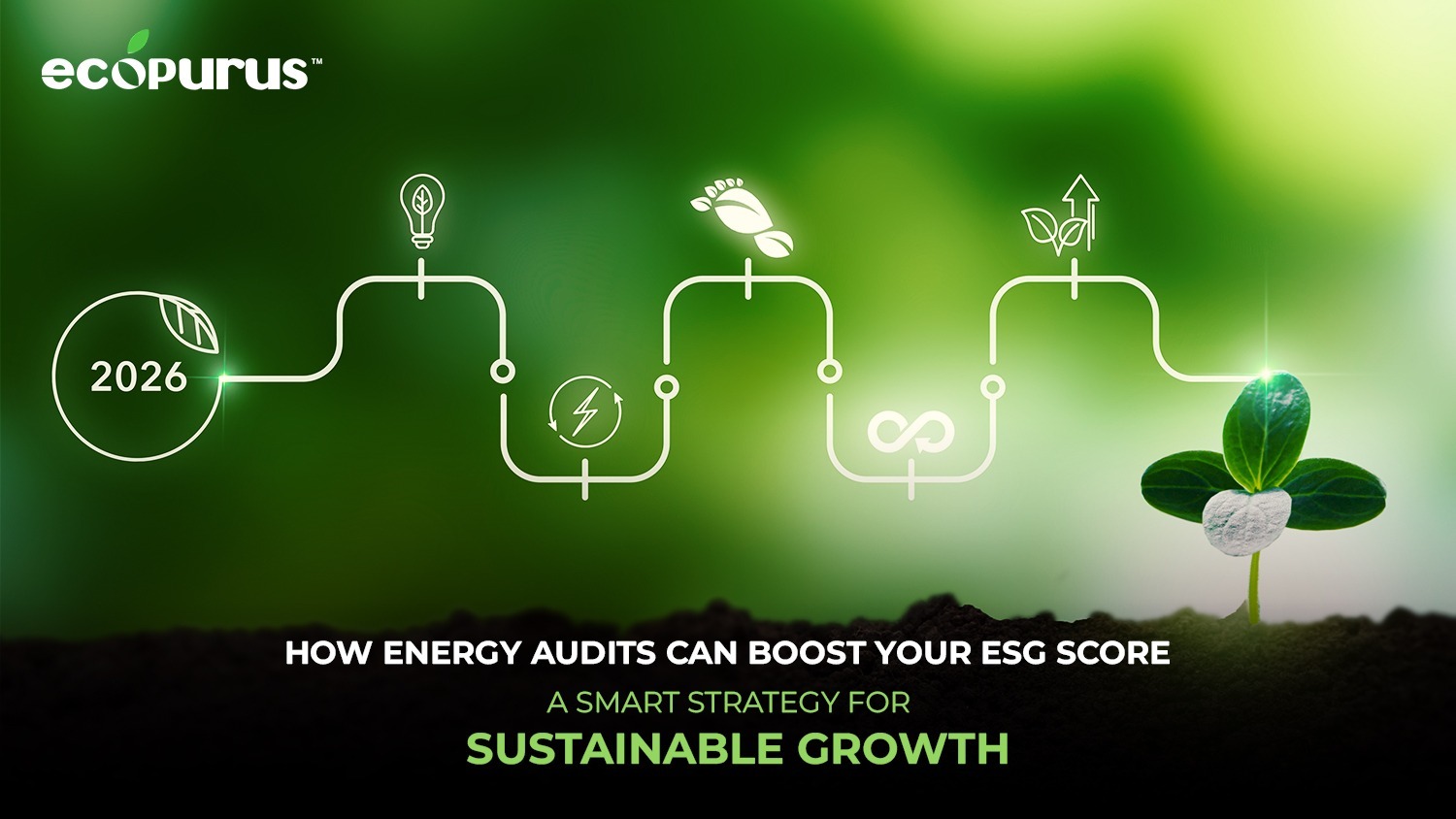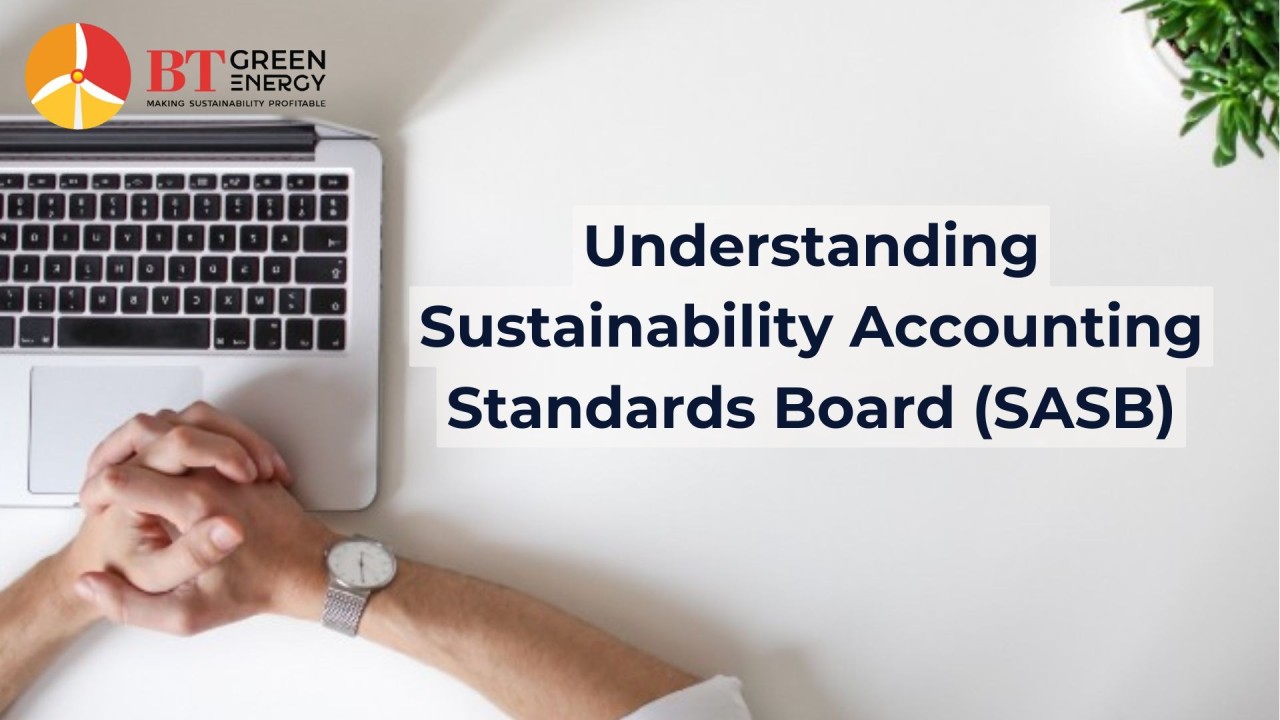
Difference between Inter- Intra State Transmission
India’s electricity transmission system is the backbone of its energy infrastructure, ensuring reliable and efficient power delivery from generation centers to end-users nationwide. During 2024, 10,273 ckm of transmission lines (of 220 kV & above), 71,197 MVA of transformation capacity (of 220 kV & above) and 2200 MW of Inter-regional Transfer Capacity have been added.
The transmission system is categorized into intra-state transmission, which operates within individual states, and inter-state transmission, which facilitates power transfer between states. As of September 30, 2024, India’s inter-regional transmission capacity stands at 118,740 MW, providing infrastructure for substantial power exchanges across states. This capacity is vital for balancing supply and demand, especially as renewable energy integration accelerates under India’s climate commitments. The Green Energy Corridor (GEC) II initiative complements these efforts by addressing transmission bottlenecks and creating a robust infrastructure to support the government’s renewable energy target of 500 GW by 2030.
2. What is the Inter-State Transmission System (ISTS)?
The Inter-State Transmission System (ISTS) is the high-voltage transmission network that carries electricity across state borders. Under the management of the Central Transmission Utility (CTU), the ISTS is essential for linking different regional grids and facilitating power exchanges between states.
Essentially, in an inter-state system, numerous states are involved, and as such, it is governed by the Central Electricity Regulatory Commission (CERC) in accordance with the Electricity Act,2003. For instance, when a northern state purchases power from a western state, the electricity must traverse multiple regions. This process entails various Regional Load Dispatch Centres (RLDCs) that schedule and dispatch power across these regions. These transactions adhere to both central and state policies. Additional fees, such as PoC (Point of Connection) charges or inter state charges, may apply; however, renewable energy is exempt from these fees for the plants commissioned till June 2025.
3. What is an Intra-State Transmission System?
Intra-state transmission pertains to the transfer of electricity within a single state. Each state has its own State Transmission Utility (STU) that oversees this system. This implies that the generator providing power and the consumer utilizing it are both located within the same state.
In an intra-state framework, all operations are overseen by a single regulator, the State Electricity Regulatory Commission (SERC). Therefore, all policy matters, disputes, and arbitration involving power generators and consumers are managed by the same regulatory authority. Power is scheduled and dispatched by the State Load Dispatch Centre (SLDC), utilizing the network of the State Transmission Utility (STU) to deliver electricity within the state. As it adheres to state-specific policies, states can offer incentives like waiving charges or electricity duties temporarily to promote usage.
3. What’s the Difference?
The primary distinctions between Intra-state and Inter-state transmission systems are rooted in their regulatory frameworks, operational processes, and policy structures. The table below simplifies these differences.

4. Regulatory Framework
At the foundation of the regulatory framework for the electricity sector in India is the Electricity Act of 2003, which provides a detailed legal structure for the generation, transmission, and distribution of electricity. Sections 38 and 39 of this act authorize the Central Electricity Regulatory Commission (CERC) and State Electricity Regulatory Commissions (SERCs) to supervise the sector, ensuring adherence to regulations and promoting equitable practices.
The CERC is tasked with overseeing inter-state transmission systems, determining tariffs, and facilitating power trading among states. It operates in accordance with the Indian Electricity Grid Code guidelines, which set operational standards for the grid and ensure reliability across the national electricity network. Furthermore, the CERC is empowered to modify regulations as necessary to respond to evolving market conditions and technological progress. On the state level, SERCs play an essential role in managing intra-state transmission. They are responsible for establishing tariffs, approving licenses for transmission entities, and ensuring local utilities meet operational standards. Each state has its own regulatory framework, which can result in inconsistencies in practices and policies across various regions.
Also, the Forum of Regulators (FOR) was established to harmonize regulatory approaches among states and promote cooperation between central and state regulators. This forum addresses issues such as tariff rationalization and grid management to enhance overall efficiency in the electricity sector.
5. Government Initiatives
The Indian government has been actively supporting the progression of the transmission sector to strengthen energy security and enable the integration of renewable energy. Significant initiatives include:
- ISTS Waiver Policy: Launched in 2016, this policy eliminates ISTS charges for solar and wind projects to foster renewable energy investment. The waiver has been renewed multiple times, with recent amendments broadening its applicability to include green hydrogen and battery storage initiatives.
In August 2024, the government announced the 100% waiver of Inter-State Transmission System (ISTS) charges for inter-state sales of solar and wind energy for projects set to be completed by June 30, 2025, green hydrogen projects until December 2030, and offshore wind projects until December 2032.
- Green Energy Corridor (GEC): The Intra-State Transmission System (InSTS) GEC-II scheme is carried out in seven states: Gujarat, Himachal Pradesh, Karnataka, Kerala, Rajasthan, Tamil Nadu, and Uttar Pradesh. Each state’s Transmission Utilities (STUs) implement the scheme. It aims to establish approximately 10750 km of transmission lines and 27500 MVA substations to facilitate the integration of about 20 GW of renewable generation capacity.
The overall budget for the project is Rs. 12031.33 crores, with the funding structure comprising 33% Central Financial Assistance from the MNRE (Rs. 3970.34 crores) and the remaining 67% to be financed by the STU. The remaining 67% can also be sourced as loans from IREDA/REC/PFC/KfW.
6. How Companies Will Benefit
Companies working within this framework can enjoy various benefits:
- Cost Savings: The exemption from ISTS charges for renewable projects lowers operational expenses, making investments more appealing.
- Broader Market Access: Companies can tap into a wider market by engaging in inter-state power trading, enabling them to sell surplus generation across state lines.
- Improved Reliability: A strong inter-state network enhances grid stability and reliability, minimizing the risk of outages.
7. Challenges for both
However, both interstate and intrastate open access encounter obstacles that complicate power trading. Intrastate open access is heavily reliant on state regulations and policies, is fraught with bureaucratic challenges, and its feasibility often shifts due to changing guidelines. Conversely, interstate open access necessitates coordination among multiple entities, including power traders, and is also burdened by high transmission charges. Resolving these challenges is vital for achieving a more dependable, efficient, and accessible energy market.
Conclusion
Both intra-state and inter-state open access systems present unique advantages and challenges. Industries should carefully assess their particular energy procurement strategies.
Post a comment Cancel reply
Related Posts
How Energy Audits Can Boost Your ESG Score: A Smart Strategy for Sustainable Growth
How Energy Audits Can Boost Your ESG Score: A Smart Strategy for Sustainable Growth In…
How Eco Check Empowers Businesses To Reduce Emissions
How Eco Check Empowers Businesses To Reduce Emissions In today’s business landscape, climate responsibility is…
New SEBI ESG Debt Guidelines Raise the Bar—But Do Mid-Sized Companies Have a Ladder?
New SEBI ESG Debt Guidelines Raise the Bar—But Do Mid-Sized Companies Have a Ladder? SEBI’s…
Ecopurus Certification: Why It Matters And How To Achieve It
As people talk more about climate change and protecting the environment, businesses are expected to…











